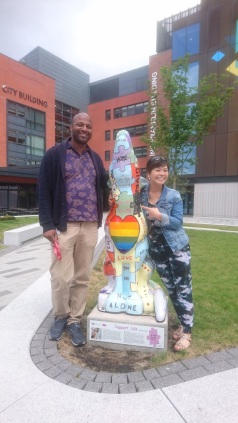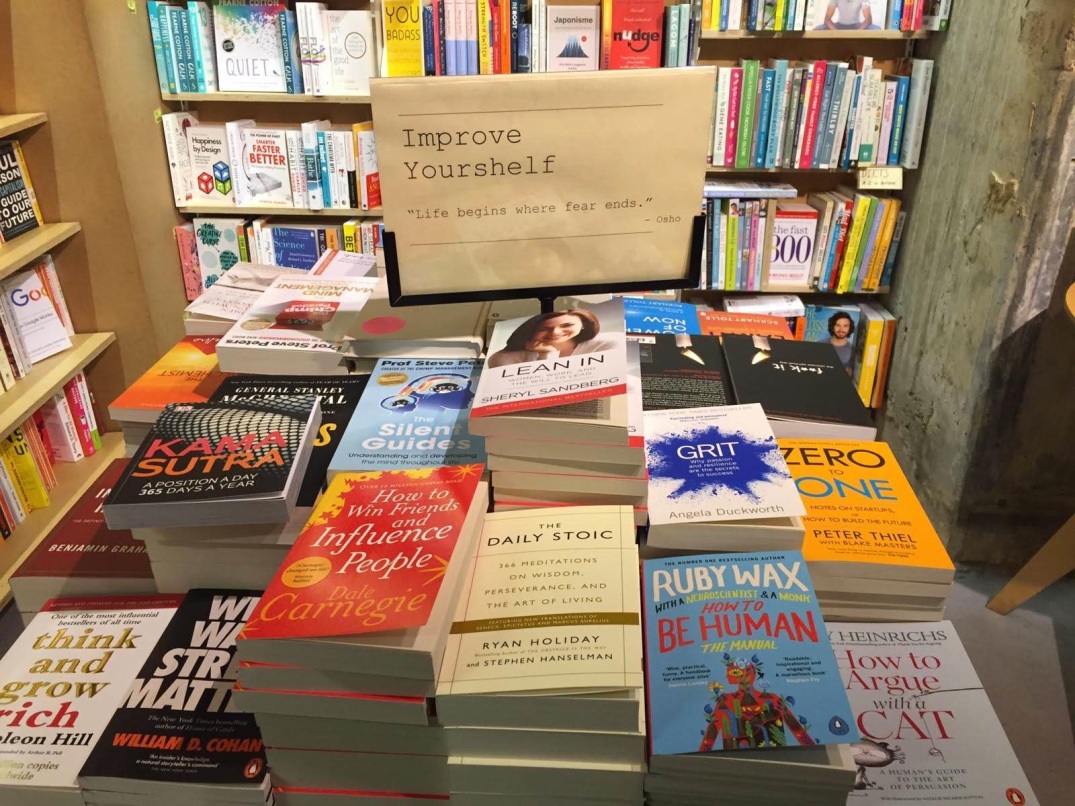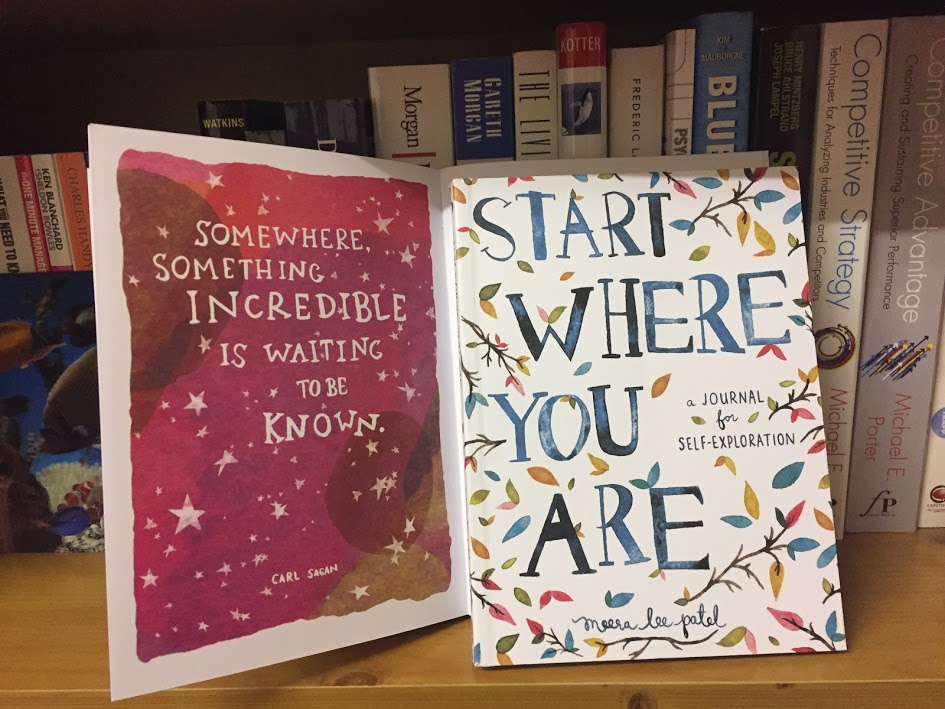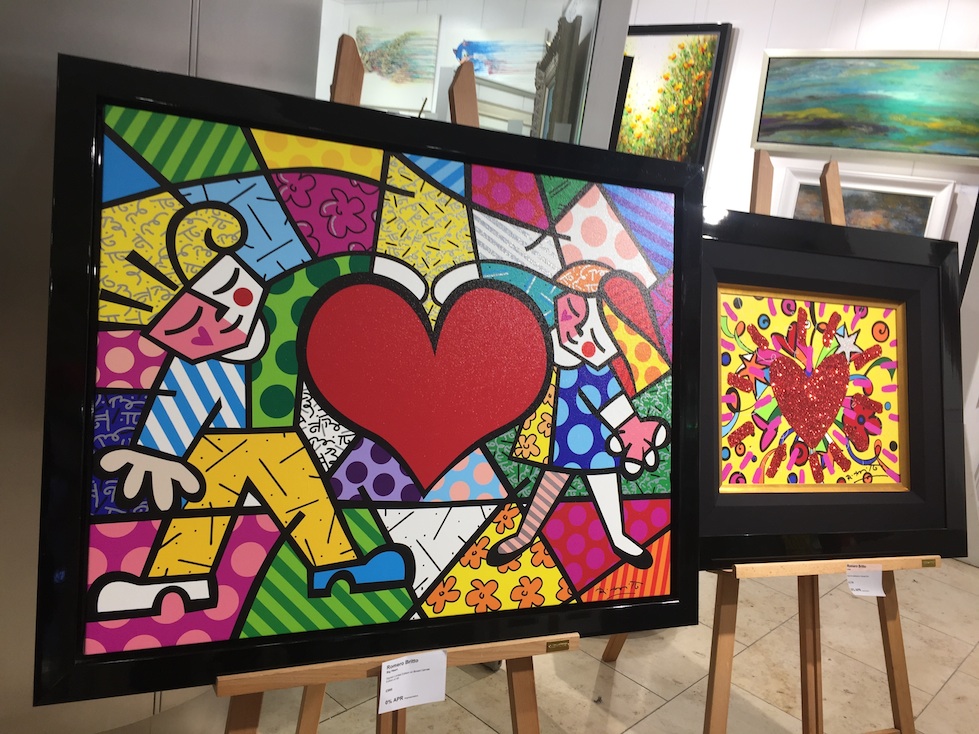Welcome to The School of Play Autumn Term!
We hope you’ve had a playful summer and are looking forward to Nature’s colour orchestra as autumn sets in.
Summer in Two Countries
This summer saw the launch of our flagship programme on Playful Leadership which leverages the latest research on Play Science, neuroscience, psychology and coaching to explore and develop your personalised leadership style through play. The first ever Playful Leadership Foundation course took place this sunny July at Chicheley Hall in beautiful Buckinghamshire, the UK country home of the Royal Society.
This was followed by a weekend of play at the MaSCoT conference organised by Wolverhampton University in support of local maths teachers at schools and universities where we gave a talk on “Unleash Your Play Brain: Play Your Way Towards a Happier Adulthood“.

Next we flew across the pond to Washington DC where we gave the latest talk on Playful Leadership: How to Enable Transformational Change and Have Fun Doing It as the closing keynote to 1500+ playmakers at Agile 2019, the world’s largest Agile conference.

What’s Next?
More Playful Leadership Please!
A lucky bunch of us are off next week on 7-8 October for some outdoor play and indoor contemplation for the next Playful Leadership Foundation course. Registration is now closed. We will be announcing more dates for next year soon!
Other Upcoming Courses
For a thought-provoking, playful and change experience when it comes to creating effective Agile transformations, there are two options this autumn in two equally beautiful cities:
- Effective Enterprise Agile Transformation @ Skillsmatter – 7-8 November 2019, London, UK
- Effective Enterprise Agile Transformation @ Crisp – 11-13 November 2019, Stockholm, Sweden
And if you fancy an introduction to play fundamentals, here’s the chance to play in Milton Keynes:
- Adapting Play for All Needs @ Milton Keynes Play Association – 29 November 2019, Milton Keynes, UK
Conferences Where Play Happens
If you would like to experience the power of Playful Leadership LIVE, join us at these two super-fun conferences:
- Ukulele Jam! The Ultimate Challenge in Personal Agility @ Agile Tour London – 18 October 2019, London UK
- Playful Leadership Talk @ Agile Tour London – 18 October 2019, London, UK
- Playful Leadership Keynote @ P3X by Skillsmatter – 31 October – 1 November 2019, London, UK
Meanwhile, wishing you, your colleagues and loved ones a playful autumn!




 Yay! The School of Play turns 3 today (proof that the Universe has a sense of humour given it’s April 1st), the same week as our favourite play festival
Yay! The School of Play turns 3 today (proof that the Universe has a sense of humour given it’s April 1st), the same week as our favourite play festival 



 On Becoming a Playful Person
On Becoming a Playful Person The School of Play turns one today! And as though by magic, it falls on
The School of Play turns one today! And as though by magic, it falls on 


